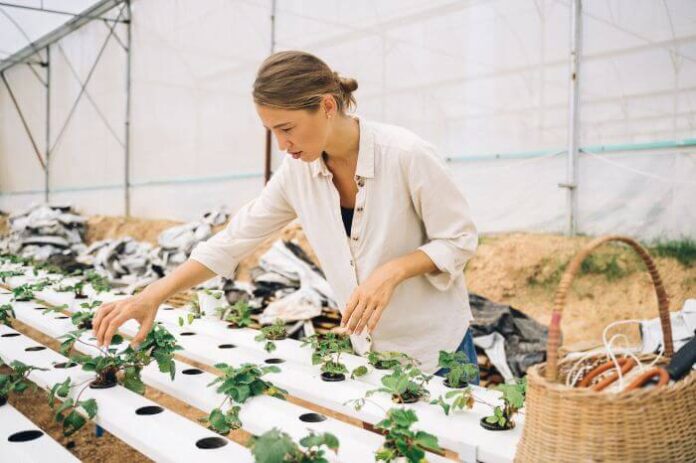You’ve probably been hearing a lot lately about indoor farming and how it’s the future of agriculture. But what is it, and is it really as good as they say?
Indoor farming is a type of agriculture that takes place inside a controlled environment. This could be a building, a greenhouse, or even a shipping container. The temperature and humidity inside are carefully controlled, so crops can be grown all year long, no matter what the weather is like outside.
Proponents of indoor farming say that it’s the future of agriculture because it’s more sustainable and efficient than traditional farming methods. Indoor farms use less water and energy, and they can be configured to grow a wide variety of crops. They’re also often organic because there’s no need for pesticides or herbicides.
So, is indoor farming the future? The jury is still out on that one, but there’s no doubt that it has a lot of potential. In this article, we will talk more about indoor farming. First, we will explain the benefits of indoor farming and what it can bring us in the future. Afterward, we give you a few steps on how, to begin with indoor farming. If you are interested in learning more about indoor farming after reading this article, don’t hesitate to explore more on your own.
The Benefits of Indoor Farming
Here are a few reasons why indoor farming is a great choice:
- It’s Sustainable: One of the great things about indoor farming is that it’s incredibly sustainable. With traditional farming, you have to consider things like soil erosion, water usage, and the use of pesticides and fertilizers. But with indoor farming, all of those things are eliminated.
- It’s Flexible: Indoor farms are flexible, meaning they can be adapted to any space. So whether you’re in a small city apartment or in the middle of nowhere, there’s always room for an indoor farm.
- It’s Reliable: Indoor farms are reliable because they’re not subject to the same weather conditions as traditional farms. So whether it’s too hot or too cold outside, your crops will still thrive indoors.
The Future of Indoor Farming
Imagine a future where you can pick up your phone and order some fresh lettuce from the farm down the street.
It sounds like a scene from a sci-fi movie, but it’s not that far-fetched. Indoor farming is on the rise, and with good reason. For one, it’s more sustainable than traditional farming. There’s no need for pesticides or chemical fertilizers, as the crops are grown in a controlled environment.
Plus, indoor farming is more efficient. Farmers can grow more crops in a smaller space, which means less land is needed to produce the same amount of food.
The future of indoor farming looks bright, and we can’t wait to see what comes next.
How to Do Indoor Farming?
The first step is to find a space that’s big enough to accommodate your farm. You’ll need to think about things like light and water access, and you’ll also want to make sure the space is climate-controlled.
The second step is to source the right equipment. This includes LED grow lights, hydroponic systems, and climate control systems.
Once you have your space and equipment set up, it’s time to start growing. There are plenty of resources available online that can help you get started. And remember, it takes time to perfect your indoor farming skills, so don’t get discouraged if things don’t go perfectly from the start.
The Bottom Line
Only time will tell if indoor farming is the future of agriculture. For now, it’s a promising option for those who want to farm in an eco-friendly way.







